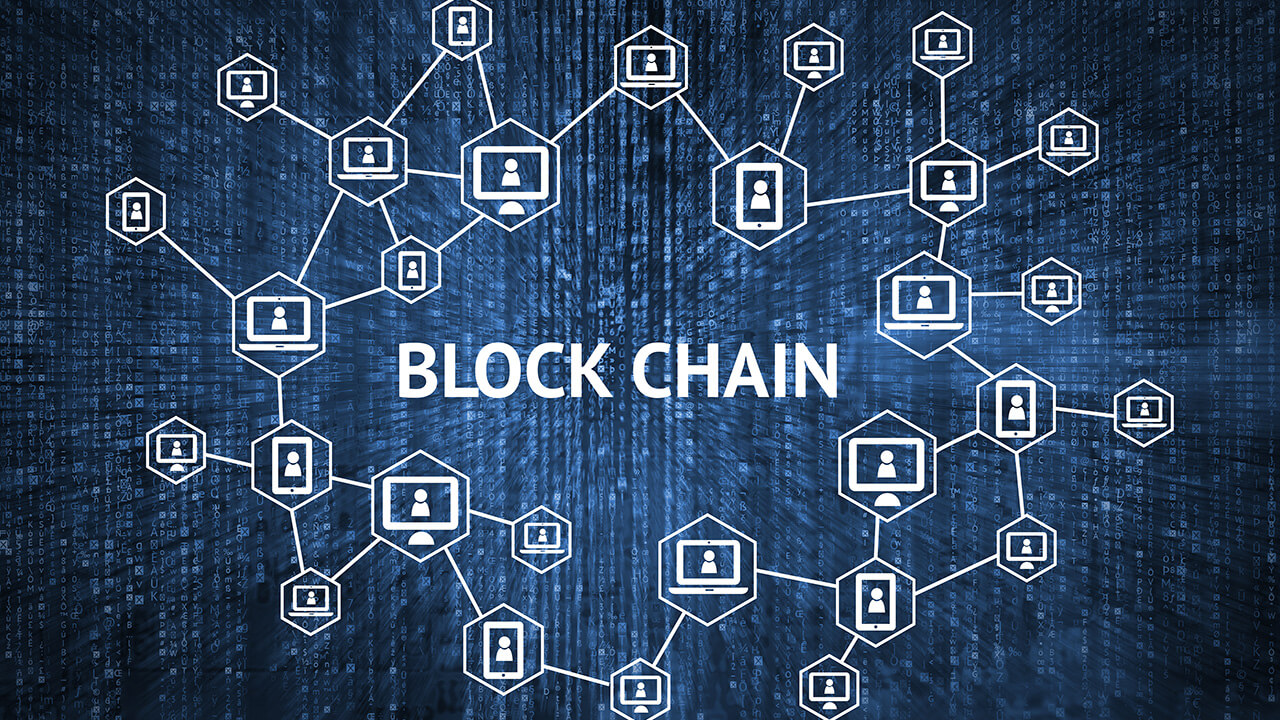Educational Accomplishment Verification using Blockchain
This essay was a part of my assignment for one of the Block Chain Specialization courseI took on Coursera. It was mainly to explore how block chain could be a solution to verify educational accomplishments and avoid such frauds.
The blockchain, originally devised for securing transactions in cryptocurrency, has expanded its applications far beyond its initial purpose. One area where blockchain technology could revolutionize traditional systems is in the verification of educational accomplishments. By leveraging the decentralized, immutable, and transparent nature of blockchain, individuals can securely and reliably validate their academic credentials, thus offering a solution to the prevalent issues of credential fraud and verification inefficiencies.
The item that changes ownership when verifying one's educational accomplishments is the digital record of the academic credential. Traditionally, this record exists in the form of transcripts, diplomas, or certificates issued by educational institutions. In a blockchain-based system, these records could be transformed into digital assets represented by unique cryptographic tokens, which change ownership when transferred between parties.
Each transaction block in the blockchain should contains specific data pertaining to the educational accomplishment being verified. This data could include details such as the individual's name, the educational institution's name, the degree or certification earned, the date of issuance, and any relevant supporting documentation or signatures. Additionally, cryptographic hashes may be included to ensure the integrity and authenticity of the data.
Even though their involvement may be different from previous techniques, educational institutions becomes essential to the validation of degrees and transcripts in a blockchain context. Rather than depending exclusively on centralized authorities, validation would take place via a distributed consensus system that involves numerous parties, such as certification bodies, educational institutions, and sometimes even employers, if any. The blockchain, in this case, would records the issuance of a new academic certification as a transaction. The legitimacy of this transaction is then confirmed by further nodes on the network using consensus techniques, guaranteeing that only legitimate credentials are approved and added to the blockchain..
In the scenario where a job applicant needs to provide evidence of their education, the blockchain simplifies and streamlines the verification process. Prospective employers can access the applicant's digital credentials stored on the blockchain through a secure and decentralized network. By querying the blockchain, employers can verify the authenticity and validity of the applicant's academic achievements in real-time, without the need for intermediaries or extensive paperwork. This not only saves time and resources for both parties but also enhances trust and confidence in the hiring process.
In conclusion, the blockchain offers a transformative solution to the verification of educational accomplishments, addressing longstanding challenges associated with credential fraud and verification inefficiencies. By leveraging its decentralized, immutable, and transparent nature, blockchain technology empowers individuals to securely and reliably validate their academic credentials, thereby revolutionizing the way educational achievements are verified and recognized in the digital age.
